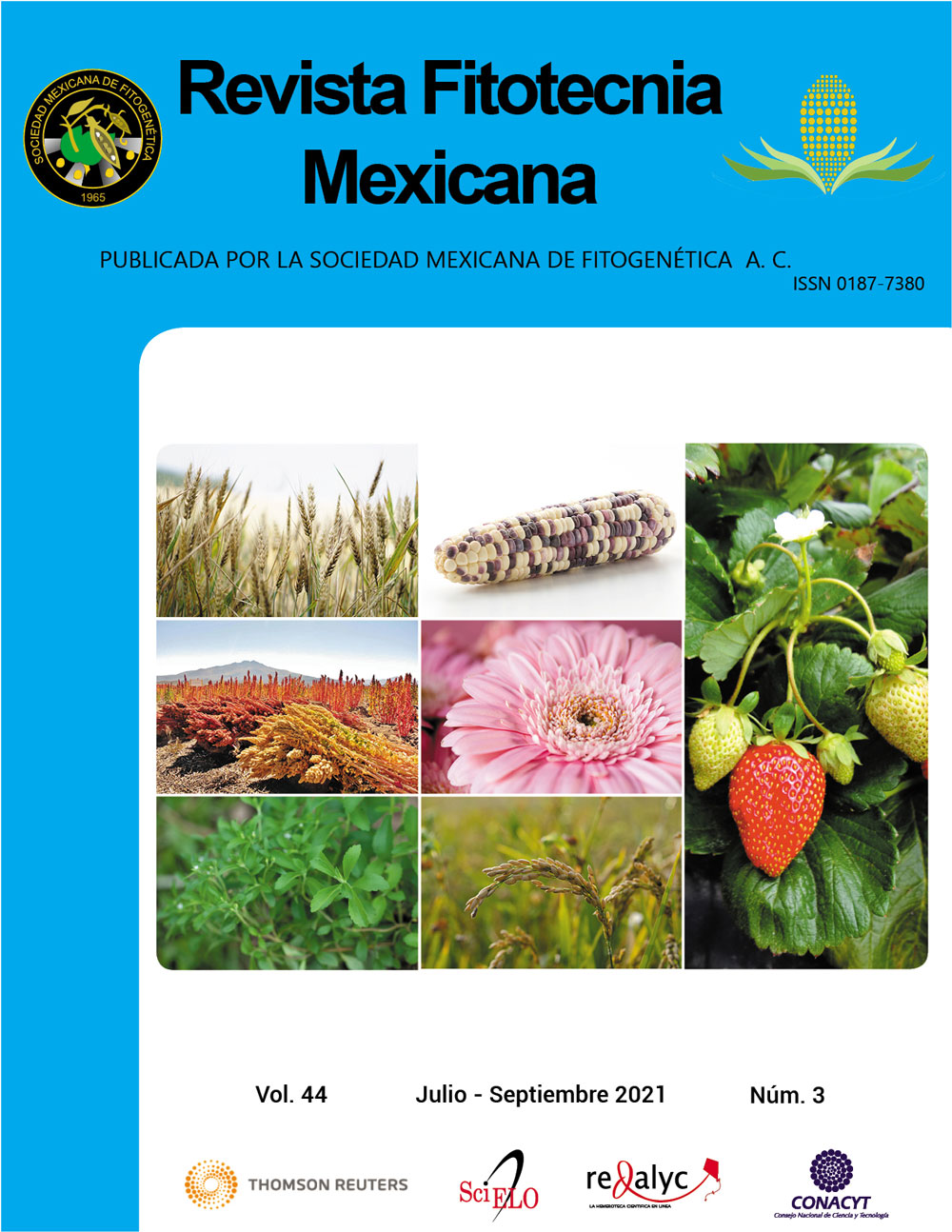GROWTH OF Pinus cembroides ZUCC. IN NURSERY AND FIELD PRODUCED IN DIFFERENT TYPE OF CONTAINER
Main Article Content
Abstract
The volume of the container determines the shape and size of the root of the plants, the amount of substrate, water and mineral nutrients available for plant growth and influences the production costs. In this research, the effect of 10 containers of different type and volume on the growth of Pinus cembroides Zucc. was evaluated in the nursery along with its performance after planted in the field. The containers evaluated were rigid plastic tubes (T170, T220, T250, T310 and T380 mL), rigid plastic trays (Ch plas-170, Ch plas-200 and Ch plas-220 mL) and polystyrene trays (Ch pol-160 and Ch pol-170 mL). The height, diameter, dry biomass and number of roots of plants were evaluated at 14 months after sowing in the nursery. Survival in the field was monitored for 18 months and at the end of that period the height and diameter were recorded for each treatment. Significant differences were found in the nursery in the variables evaluated. The plants with the highest height (20.4 cm) and diameter (4.9 mm) were produced in one of the containers with the smallest volume (Ch pol-170), while the highest amount of aerial, root and total dry biomass (4.0, 1.3 and 5.3 g, respectively) and a larger number of secondary roots (15.9) were generated in the container with the highest volume (T380). In the field, survival at the end of 18 months varied between 10 and 37.5 %, without showing significant differences among treatments. The plants in the field achieved the largest increase in diameter with the T380 container, which was one of the treatments with greater increase in height and survival.

